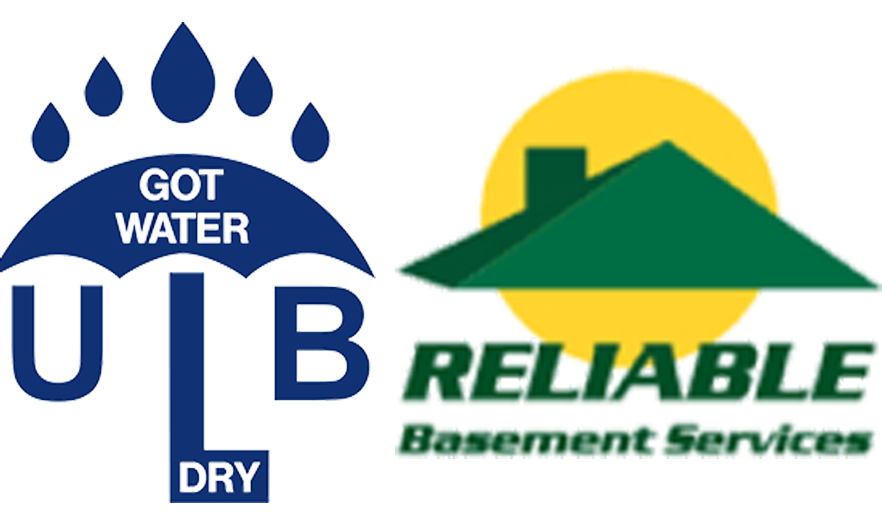
The sump pump is the heart of an interior waterproofing system. Anything that prevents it from working properly could cause basement flooding. In the winter months, homeowners need to prevent frozen discharge lines. The discharge line is the pipe that comes from the pump and channels the water away from the house. If the discharge line freezes, the sump pump will run but never lower the water level in the sump pit. If the pump is running continuously, it will burn out the pump.
Common Freeze Prevention Methods
The sump pit has a line that goes from the pump up and out of the basement. That line is then connected to a discharge line that leads the water 10-20 feet away from the house. The discharge line is either buried in the yard or extended out above grade at a downward slope, both of which will help prevent it from freezing. The section of pipe where the pipe meets the ground at the frost line (and again at the end of the line where the water disperses) is where the discharge line commonly freezes. It is recommended to bury the pipe at least 5 inches below the frost line––and if you opt for an above-grade solution, extend the discharge line at least 10 feet away from the foundation wall.
The sump pit has a line that goes from the pump up and out of the basement. That line is then connected to a discharge line that leads the water 10-20 feet away from the house. The discharge line is usually buried in the yard, which will help prevent it from freezing. It is recommended to bury the pipe at least 5 inches below the frost line. The section of pipe where the pipe meets the ground at the frost line (and again at the end of the line where the water disperses) is where the discharge line commonly freezes.
Some discharge lines have an alternative drain at the intake section to allow for the water that is pulled out of the basement to drain by the house. If the discharge line is frozen, the pipe will allow for the water to drain by the foundation rather than flooding the basement.
Make sure that your discharge line has a proper grade and is flowing away from the house. Gravity will help keep the water flowing. Standing water in the pipe is more likely to freeze. Also, if there isn’t a proper slope the water may trickle back into the pipe and freeze with the ice blocking the pipe.
If your sump pump line is already frozen, try thawing it with portable heaters. Don’t use a blow torch to thaw the line. The risk of hurting your house or yourself is too great. If you are sure the line is frozen and want to keep the pump from burning out, consider disconnecting the sump pump until you contact a professional waterproofing company. A professional can help thaw the line, check for breaks or leaks, and check for damage to the sump pump.





